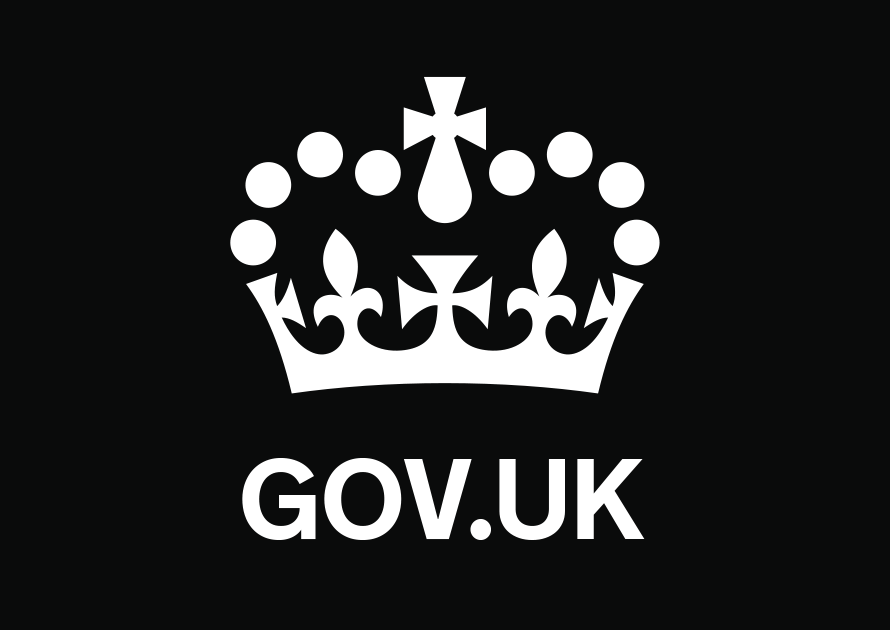Before moving your goods
-
Plan your route.
-
Check if you need to make an export declaration.
-
Work out the status of your goods.
-
Submit your transit declaration on the New Computerised Transit System (NCTS).
Planning your route
You must plan your route so that you can:
- get information you need to make your transit declaration
- give your haulier information they need to transport the goods to their destination
Making an export declaration
In most cases, you must make an export declaration before completing your transit declaration.
You do not need an export declaration if your goods are:
- ending their transit movement in Northern Ireland
- already under duty suspense before the transit movement starts
If you do not need to make an export declaration
You must make an exit summary declaration, unless your goods are moving directly into Northern Ireland.
Working out the status of your goods
You must work out the status of your goods to include the information on your transit declaration.
Movements of goods starting in Great Britain (England, Scotland and Wales) will almost always have T1 status.
T1 (or non-Union goods) is the status given to goods made outside the EU and Northern Ireland, including goods:
- made in Great Britain
- with UK duties paid
- from Common Transit Convention countries outside the EU or the rest of the world
Goods that are in free circulation moving between Great Britain and Northern Ireland may also have the status of domestic goods in the UK. This status can be shown by entering TGB in box 44 of the transit declaration.
You can should check how to work out the status of your goods in Section 2 of the Transit Manual Supplement.
Non-Union goods
Goods made outside the EU and Northern Ireland, including goods made in Great Britain, or goods with UK duties paid, are classified as non-Union goods. Non-Union goods are sometimes known as T1 goods for transit purposes.
Goods under duty suspense before entering transit
T1 status also applies to goods that are under duty suspense before they enter a transit movement.
Duty can be suspended on goods that have been either made:
- outside the UK
- in the UK but used materials from outside UK
Goods under duty suspense must be stored under customs supervision until either the:
- duties are paid
- goods are moved out of Great Britain using transit
You can store your goods in:
Submitting your transit declaration
Before you start a transit movement, you must complete a transit declaration on the New Computerised Transit System (NCTS).
If you’re moving items together, you may be able to move them as a single transit movement under one declaration.
What you’ll need
To fill in the transit declaration, you’ll need:
- your Economic Operator Registration and Identification (EORI) number
- the status of your goods
- your local reference number (a unique number less than 22 characters that you create yourself)
- your guarantee reference number
- the estimated time it will take for your goods to reach the office of destination, this can be no more than 14 days
- the master reference number from either:
- your UK export declaration — if you need to submit one
- the previous declaration for the goods — if you have one
You’ll also need the reference numbers for:
- the office of departure or authorised consignor
- all offices of transit your goods will pass through
- the office of destination or authorised consignee
Offices of transit
You must include an office of transit for each customs area your goods will enter.
This includes goods moving from:
- Great Britain to Northern Ireland
- Northern Ireland to Great Britain
Finding your reference numbers
You can check reference numbers for offices of departure, transit and destination.
If you’re using an authorised consignor or consignee they will give you their reference number.
What you need to do next
Find out how to move your goods out of Great Britain using transit: step by step.



